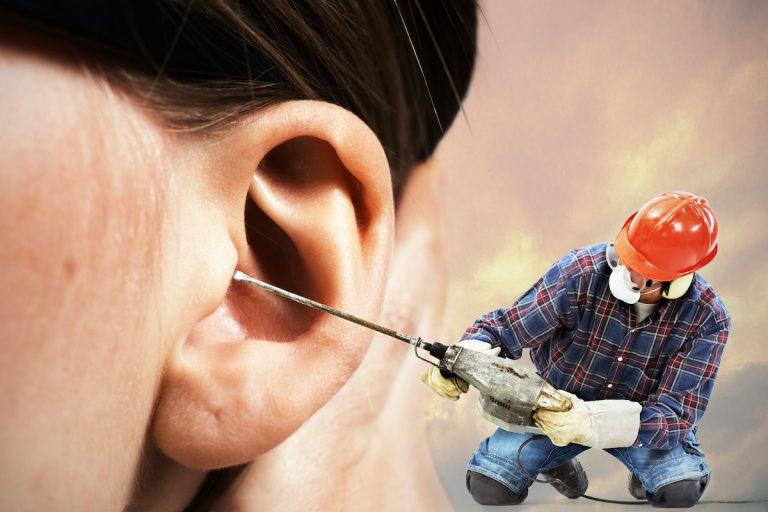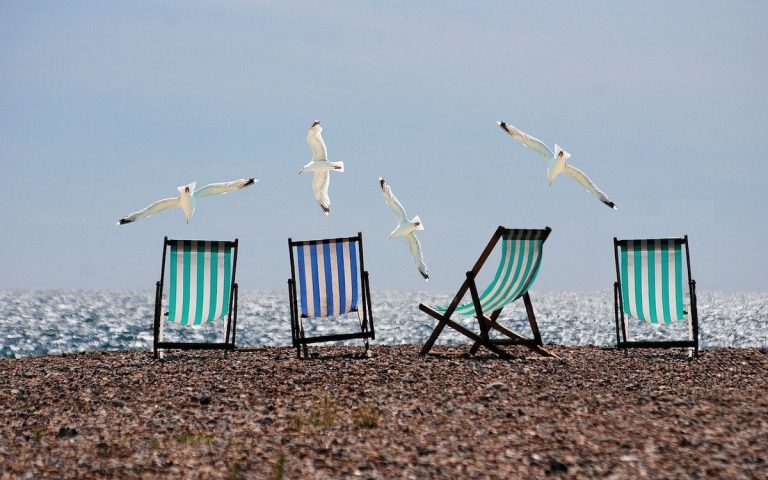Foolproof Tips For Fighting Jet Lag

Some symptoms of jet lag are almost inevitable after long-haul flights.
By the time Katharine Nohr, an attorney from Kaneohe, Hawaii, checked into her hotel in Istanbul, Turkey, she felt such an overwhelming sense of exhaustion that she almost regretted taking the vacation.
Her door-to-door trip from Honolulu — including layovers in Los Angeles, Newark and Munich — took close to 24 hours. “I slept, but spent more time reading and watching movies than I should have,“ she said.
The next day she felt foggy.
Another case in point: When we recently returned from a trip to Europe, we found ourselves waking up at 3:30 AM for the first several days after returning home, and falling asleep in the early evening.
It was hard for both of us to concentrate and my husband’s stomach felt queasy.
Like Katharine, we were experiencing common symptoms of jet lag after a nine-hour international flight from Nice, France.
The hallmark symptoms of jet lag
According to the American Sleep Association, jet lag is experienced at some point by 93 percent of travelers. The hallmark symptoms associated with this sleep disorder may include:
- daytime fatigue
- difficulty falling asleep at night
- insomnia
- disorientation
- impaired alertness and performance
- depressed mood and irritability, and gastrointestinal problems.
Why jet lag occurs
Jet lag typically occurs when people fly across multiple time zones, disturbing the internal biological clocks that determine circadian rhythms regulating sleep, wakefulness and other bodily functions.
While the symptoms are self-limiting and typically resolve in a few days, they can make you feel miserable. A byproduct of the “jet age,” jet lag affects leisure travelers, business travelers and those who fly professionally (such as pilots and flight attendants).
Fortunately, there are also ways to minimize these annoying symptoms.
Factors affecting jet lag
However, certain individuals seem to be more susceptible to jet lag than others.
Genetic susceptibility
“There appears to be a genetic predisposition to how individuals respond to sleep deprivation,” says Neil Kline, a representative of the American Sleep Association. In addition, jet lag may be worse in those who are anxious about flying.
Direction of travel and number of time zones
The propensity for jet lag is more acute when traveling west to east and is exacerbated by the number of time zones crossed. Going east, travelers are more likely to have problems falling asleep. Going west, they are more likely to awaken early in the morning. Moreover, recovery takes longer traveling eastward.
Flying within the same time zone is more likely to cause “travel fatigue” (from being confined in close quarters for a lengthy period of time) as opposed to true jet lag.
“Generally it takes about one day to accommodate to each time zone change,” Kline says. “So, for example, one should expect about three days to acclimate to cross-country travel,” he said.
Aging
There is evidence, too, that recovery from jet lag becomes more difficult as people age.
“Older people take longer to fall asleep and sleep less when jet lagged compared to younger people,” says psychology researcher Jay Olson, of the Montreal Neurological Institute at McGill University.
While the reasons are unclear, he noted it might take longer for older people to shift their body clocks when arriving in a new time zone.
Distinguishing jet lag from travel fatigue
It can be tough to tease apart the residual effects of an exhausting trip from the effects of jet lag. “There’s a fine line sometimes between jet lag, technically speaking, and simple travel fatigue,” says Patrick Smith, an active airline pilot, air travel blogger, and author of Cockpit Confidential.
“After a long flight, with everything else being equal, I tend to feel roughly the same amount of tiredness no matter how many time zones I’ve crossed, or in which direction,” Smith says.
Simple tips to minimize the effects of jet lag
Although there is no one-size-fits-all solution to minimize the effects of jet lag, most experts agree on these simple tips:
Before the trip
- When planning an itinerary, allow a day or two to adjust to the time change, especially if you have important meetings or business scheduled.
- Begin adjusting your sleep time by going to bed earlier a few nights before your trip if you are heading east and by going to bed later if you are flying west.
- In the process of tying up loose ends and packing before a trip, get enough rest so you don’t leave home sleep-deprived.
- When flying west, if possible, opt for flights that allow you to arrive in the early evening and try not to go to bed until 10 p.m. When flying east, opt for flights arriving in the morning.
On the plane
- Adjust your watch to the time at your destination.
- Because dehydration exacerbates jet lag and airplane cabin humidity tends to be low, stay hydrated by drinking plenty of water and/or fruit juices.
- If it’s already nighttime at your destination, try to sleep. Earplugs and eyeshades may help.
- Avoid consuming stimulants like caffeine (which can disturb sleep) both at the airport and on the plane.
- If you take allergy medications, be aware that some decongestants may contact pseudoephedrine, which can also act as a stimulant (especially when combined with caffeine).
- Eat a light meal during the flight; avoid overindulging in heavy foods.
- During the flight, move around as much as you can. Get up and walk and move your legs at your seat. (This will also help prevent deep vein thrombosis (DVT).)
Arriving at your destination
- If your stay is less than three days, try to stick to your regular routines as much as possible.
- If your stay is longer, adapt your routine to the time zone at the destination (in terms of times for meals, sleep and activity) as soon as possible.
- Take a shower upon arriving and avoid napping during the day. If you can’t stay awake, limit naps to no more than 20 minutes.
- Use caffeine judiciously to stay alert during the day, but avoid it in the evenings since caffeine may interfere with sleep.
- Some travelers rely on prescribed sedatives or over-the-counter sleep aids (either on airplanes or after reaching their destinations) to combat short-term insomnia. (While these may address symptoms of fatigue, they do not adjust circadian clocks.)
Other promising approaches
Although there is a growing body of jet lag research and lots of advice available, there is still no definitive treatment that works for everyone.
Shedding light on jet lag
Charmane Eastman and her colleagues at the Biological Rhythms Research Laboratory of the University of Chicago have been studying one promising approach to reducing jet lag.
It entails a combination of light, melatonin and adjusting the sleep cycle by one hour per day. The approach seeks to readjust the misalignment between a traveler’s body clock and the external environment.
Jet lag: There’s an app for that
After returning from a three-week trip to Greece several years ago, psychology researcher Olson surveyed the literature and developed a free app to “automate the process” of reducing jet lag. Because roosters signal wake-up time, he aptly named it Jet Lag Rooster.
The automated app, which has been used by travelers around the world, creates a schedule for reducing jet lag. Based on a traveler’s trip itinerary, it provides individualized suggestions for sleep time and light exposure, along with recommendations for small doses of melatonin. (Jet Lag Rooster can also be used without melatonin.)
On melatonin
While some research suggests that melatonin can be effective in shifting the body clock, the hormone (often purchased in health food stores) is unregulated.
“The use of over-the-counter substances, like melatonin, is being studied and is not universally recommended,” said Kline.
Finding solutions that work for you
Frequent traveler Nohr said through trial and error she found her secret to adjusting to long trips over multiple time zones.
“I make sure the plane is the best sleeping environment possible (comfy clean clothes, eyeshades, lumbar pillow, neck pillow, soft blanket, sleeping pill, no alcohol, water, herbal tea, as much leg room as available, and a footrest (my briefcase),” she said.
When to seek professional help
If practical remedies don’t work and you need to fly frequently as part of your work, or if symptoms of jet lag persist for more than two weeks, you might want to consult with a sleep specialist to discuss the possibility of prescription medication, use of melatonin, or light exposure therapy.
An earlier version of this article was published on Next Avenue.
Read more
Save to Pinterest!!






